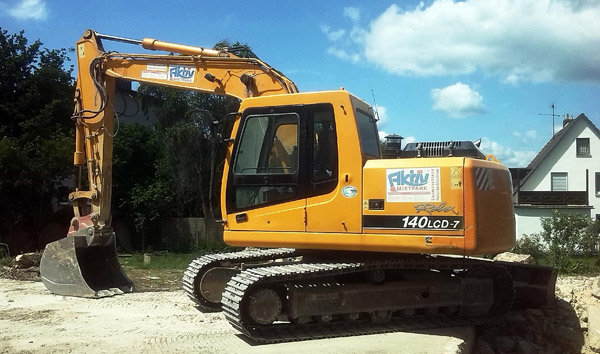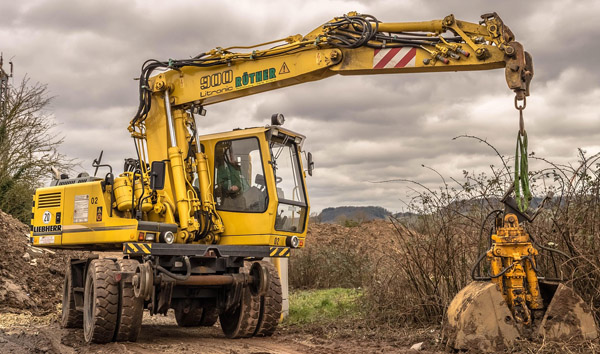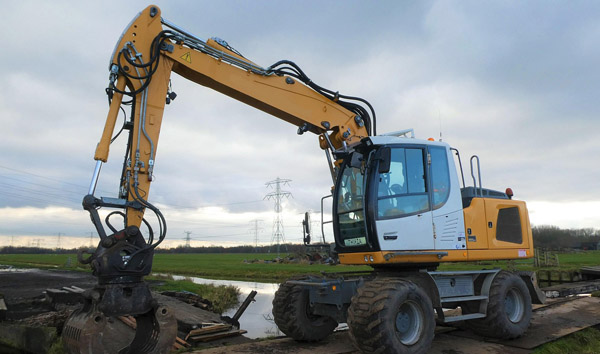Elevating Performance: The Critical Role of Ground Clearance in Off-Road Telescopic Forklifts
2025-07-24 04:25:26
Ground clearance is a defining factor in the design and performance of off-road telescopic forklifts. These machines, engineered for rough terrains, require sufficient clearance to navigate obstacles such as rocks, uneven surfaces, and debris. Industry data indicates that models with ground clearance below 300mm face a 40% higher risk of undercarriage damage in off-road conditions. Leading manufacturers prioritize a minimum clearance of 350mm to ensure durability and reduce maintenance costs.
The relationship between ground clearance and stability is critical in off-road telescopic forklifts. Higher clearance allows for better maneuverability over obstacles but must be balanced with a low center of gravity to prevent tipping. Advanced suspension systems and reinforced axles enable modern forklifts to maintain stability even with increased ground clearance. For instance, the latest models from top brands feature adaptive hydraulic systems that adjust ride height dynamically, optimizing both clearance and load-bearing capacity.
Operational efficiency in challenging environments hinges on proper ground clearance. A study by the International Construction Equipment Association (ICEA) found that forklifts with optimized clearance experienced 25% fewer downtime incidents on construction sites. This is particularly crucial in industries like mining and forestry, where uneven terrain is the norm. Enhanced clearance also reduces the risk of hydraulic line damage, a common issue in low-clearance models operating off-road.
Technological advancements are reshaping ground clearance standards in off-road telescopic forklifts. Innovations such as retractable undercarriage guards and reinforced skid plates allow for adjustable clearance without compromising structural integrity. For example, some high-end models now offer on-the-fly clearance adjustments via operator-controlled settings, improving adaptability across diverse job sites. These features align with industry demands for versatile, high-performance equipment.
In conclusion, ground clearance remains a pivotal consideration for off-road telescopic forklift design and operation. With rugged applications requiring both durability and agility, manufacturers continue to push the boundaries of engineering to deliver machines that excel in harsh conditions. As industry standards evolve, the emphasis on optimized clearance will only grow, ensuring safer and more efficient operations in off-road environments.














